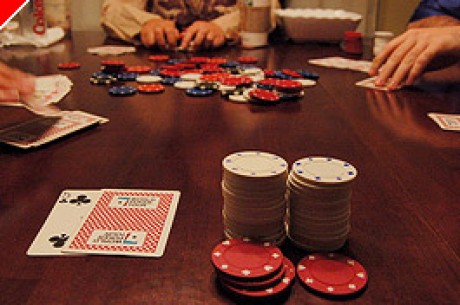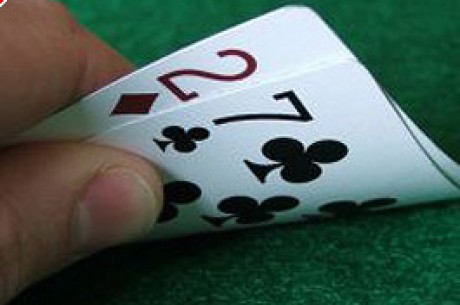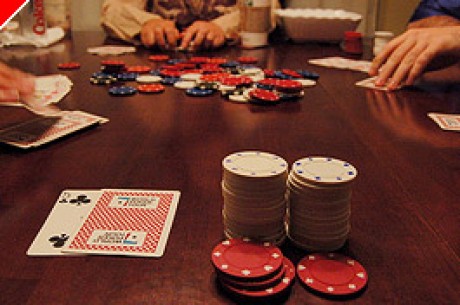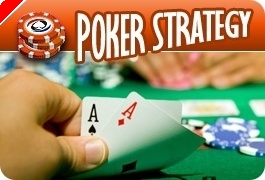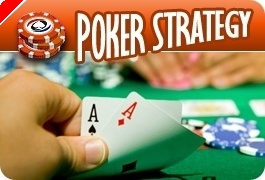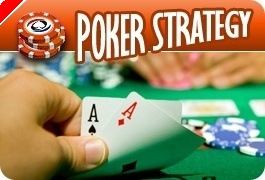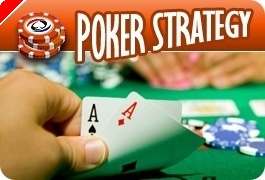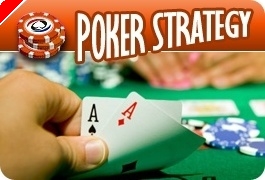The 'Other Games' of Poker: Chinese Poker

Phil Hellmuth loves it. So does Men "The Master." Barry Greenstein reportedly dropped a seven figure amount to Ted Forrest in a month-long match at this game, and Steve Zolotow has a World Series bracelet in it. Phil Ivey alledgedly has been known to play it for $2,000 a point just to kill time on airplanes. And at any major tournament on the circuit today, there's guaranteed to be a number of high-stakes games running on the side. The game is Chinese Poker (sometimes called '13 Card Poker'), and for many a poker professional it ranks somewhere between guilty pleasure and serious addiction.
Rules
Chinese poker can be played with two to four players and is played for "points," with each point worth a set amount of money. A low-stakes game between friends might be played for $1 or $5/point, while a side game at the World Series of Poker might run more in the $100-$300/ point range. No chips are needed, only a pencil and paper to keep score. Each player is dealt 13 cards face down which they will need to arrange into three different poker hands�C two five-card hands and one three-card hand. These are called the back, middle and front hands. The back hand must be the highest-ranking hand of the three, while the middle hand must be of a lower rank than the back hand but higher than the front hand. Hands are ranked like in any other poker game from a royal flush all the way down to high cards. The exception is that in the front (three-card) hand, straights and flushes do not count. {Editor's Note �C It is worth noting that in many of the big games of Chinese Poker played on the tournament circuit, the pros use a variation where the middle hand is a deuce to seven lowball hand, where the lowest hand is best, and straights and flushes count against you. The back and front hands remain the same rules.}
A player's objective in Chinese poker is to set each of their three hands in a way that will beat the other players' corresponding hands. Once everyone has arranged their cards, each player's three hands are set face down on the table in front of them with the back hand closest to the player, the middle hand in front of the back hand and the front hand up top. Hands are now turned face up, with each player comparing their three hands to each of the other players' three hands. Back hands are compared to back hands, middle to middle and front to front.
Scoring
Points are awarded depending on how many of the other players' hands you outrank. The most common system of scoring in Chinese is called "2-4 scoring." which boils down to two rules�C (1) If a player wins two of three hands over another player, they win two points and (2) if a player wins all three hands over another player (a "scoop"), they win four points. Scoring in Chinese poker may seem difficult at first, but it becomes very mechanical with a little experience.
Let's look at an example. Let's say it's a four-handed game featuring Doyle Brunson, Phil Ivey, Ted Forrest and yours truly. After setting our hands, here's what we all have:
Player 1 (Doyle): back�C A?J?9?5?4? (Ace-high flush)
middle�C 2?3?4?5?6?(6-high straight)
front�C K?J?9? (king-jack high)
Player 2 (Phil): back�C 2?3?4?5?6? (6-high straight)
middle�C A?A?10?5?6? (pair of aces)
front�C 7?7?Q? (pair of sevens)
Player 3 (Ted): back�C K?K?K?2?2? (kings full)
middle�C 10?10?10?9?4? (trip tens)
front�C 3?3?Q? (pair of threes)
Player 4 (Nicole): back�C 8?8?8?8?6? (four eights)
middle�C J?J?7?7?A? (jacks and sevens)
front�C Q?Q?9? (pair of queens)
In a four-handed game, six comparisons are made between hands:
1. Player 1 vs. Player 2 (Doyle vs. Phil): Doyle's ace high flush in the back and his six-high straight in the middle beat Phil's straight and pair of aces respectively, but Phil's pair of sevens in the front hand beat Doyle's king-jack high. Therefore, Doyle would win two points from Phil.
Score= Doyle (+2) Phil (-2)
2. Player 1 vs. Player 3 (Doyle vs. Ted): Ted beats Doyle in the back with his full house over Doyle's six-high straight and in the front with his pair of threes to Doyle's king-jack high, but Doyle's six-high straight in the middle outranks Ted's trip tens. So Doyle loses two points to Ted.
Score= Doyle (-2) Ted (+2)
3. Player 1 vs. Player 4 (Doyle vs. Nicole): I crush his ace high flush in the back with my quad eights and take out his K-J high with my pair of queens in the front, but Brunson avoids the scoop by beating me in the middle with his straight vs. my two pair. I win two points from Doyle.
Score= Doyle (-2) Nicole (+2)
4. Player 2 vs. Player 3 (Phil vs. Ted): Ted's full house beats Phil's straight in the back, and his trip tens beat Phil's pair of aces in the middle. Ted loses the front hand with his threes falling to Phil's pair of sevens. Ted wins two points.
Score= Phil (-2) Ted (+2)
5. Player 2 vs. Player 4 (Phil vs. Nicole): I scoop Phil! My quad eights beats his straight, my two pair beats his aces, and my pair of queens in the front edge out his pair of sevens. For the scoop I win four points.
Score= Phil (-4) Nicole (+4)
6. Player 3 vs. Player 4 (Ted vs. Nicole): I win the back and front hands against Ted while his trips beat my two pair in the middle. I win two points.
Score= Ted: (-2) Nicole (+2)
At the end of the comparisons, everyone adds up their scores to determine the overall number of points won or lost on the hand.
Doyle: (+2, -2, -2) total= -2
Phil: (-2, -2, -4) total= -8
Ted: (+2, +2, -2) total= +2
Nicole: (+2, +4, +2) total= +8
You might notice that the total score in this hand adds up to zero. This is an easy way to make sure that the hand has been scored correctly. If it adds up to another number, a mistake was made along the way and the individual scores should be re-checked.
Though Chinese poker is a game where luck factors in more than skill, there is definitely strategy involved when it comes to how a player decides to set his or her hand. There are often multiple decisions to be made. (Do I break up two pair to make a flush? Do I break up my second full house to give myself a pair in front?) Skilled, experienced players will have a better idea what to do in these situations and will also factor in their opponents' tendencies, creating an edge (albeit a small one) for themselves. We will explore some of these strategic intricacies in a future piece.
Chinese poker may seem complex and a bit esoteric at first, but the more you play, the easier the game will flow. Try it on long flights, in your home game, or in the poker room while you're waiting for your table to come together. Trust me on this, though�C addiction is imminent!
But is that really a bad thing?

